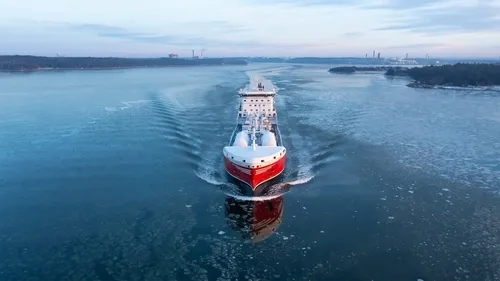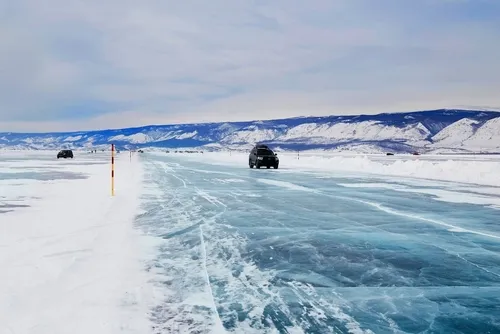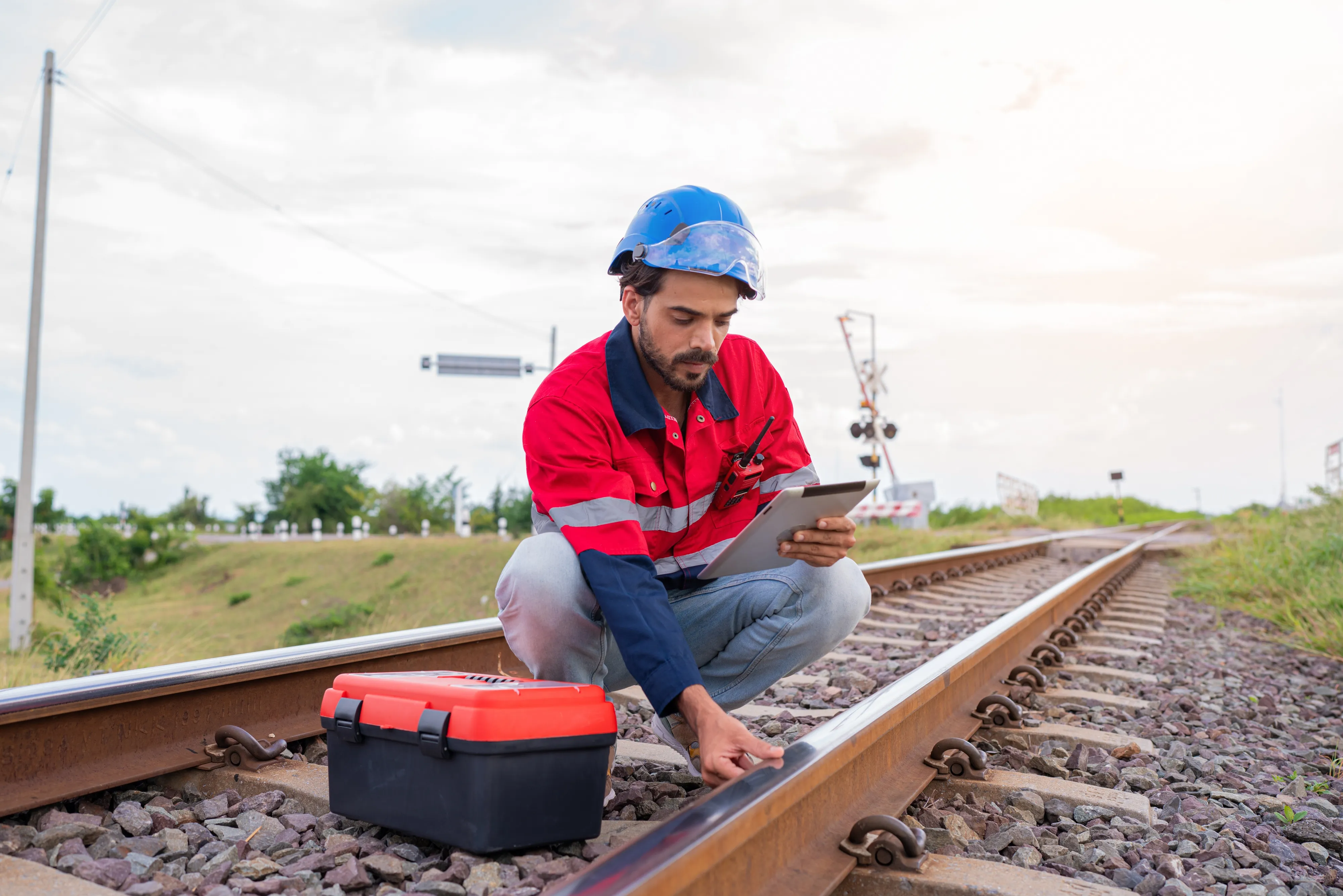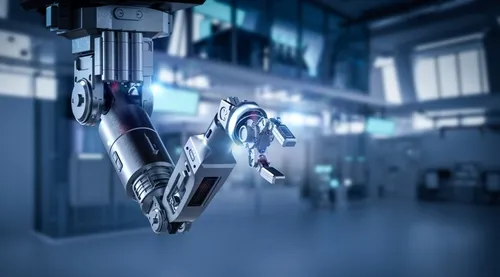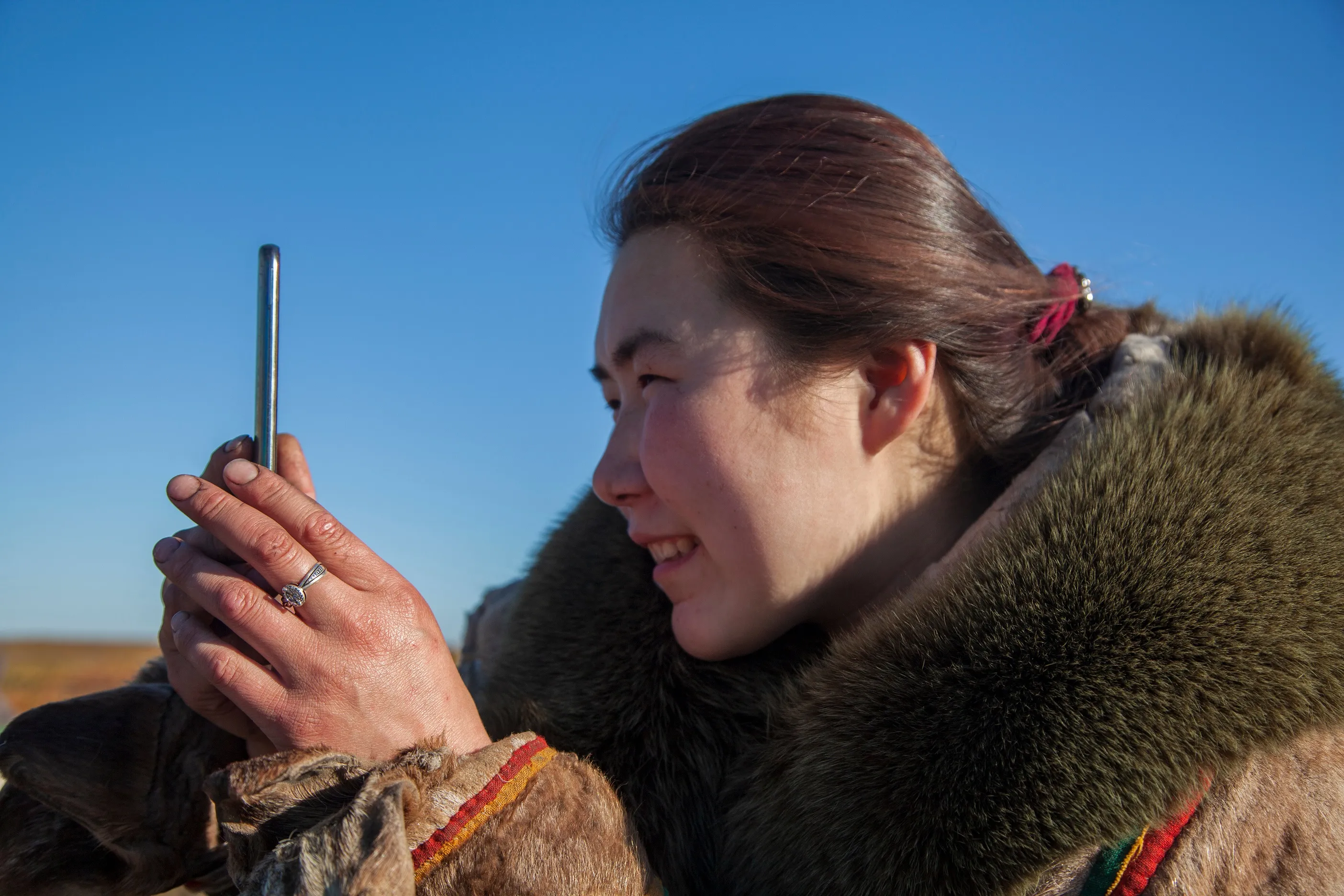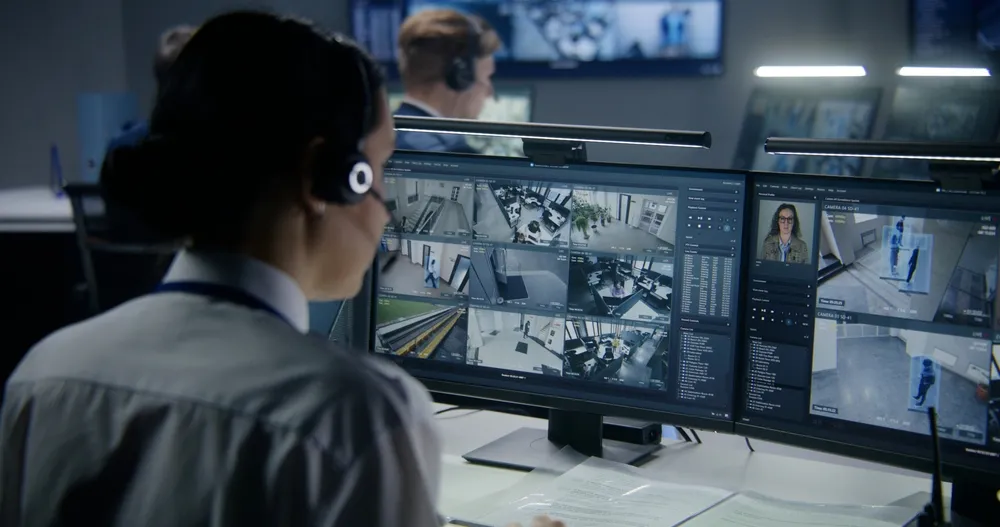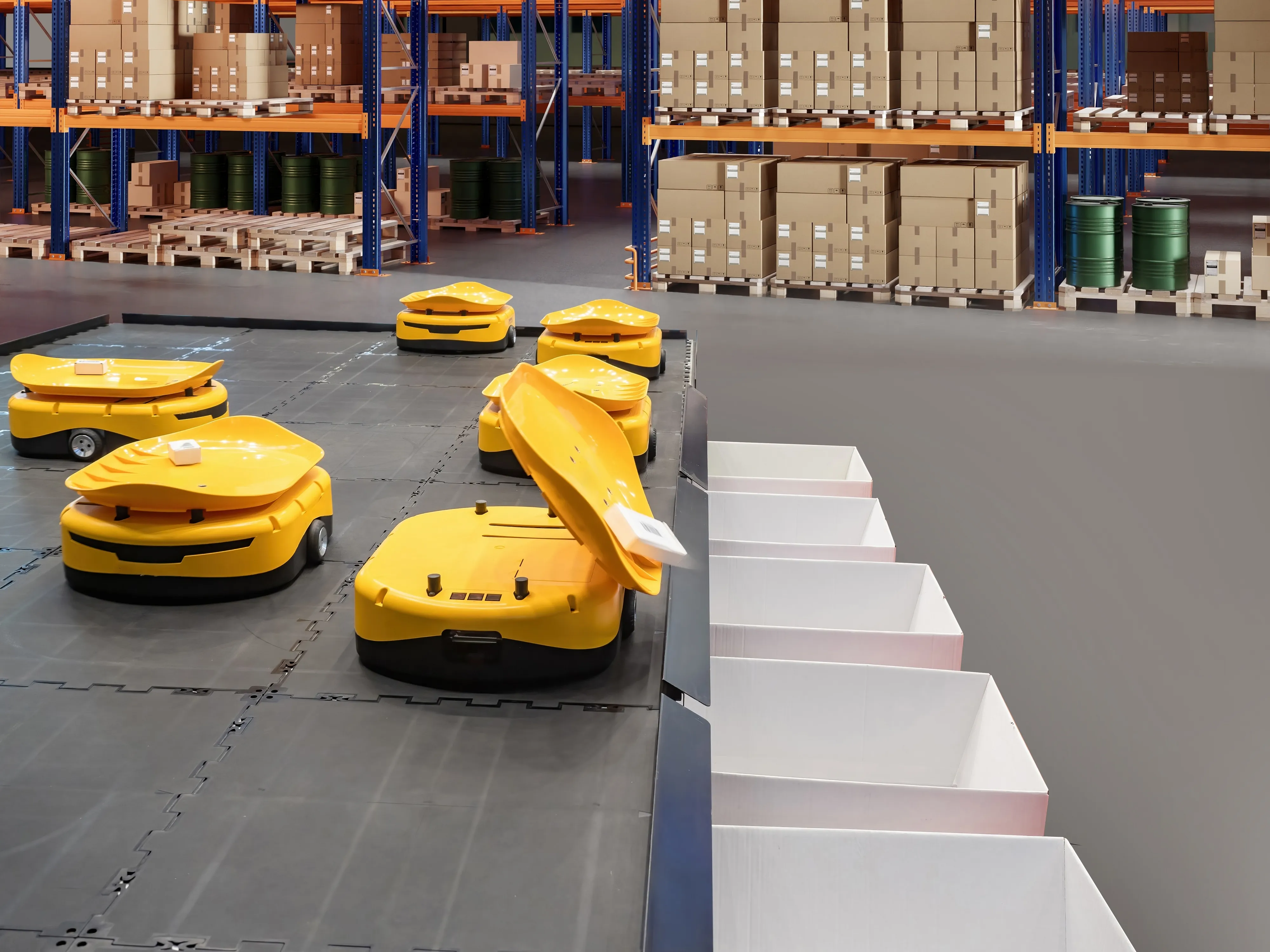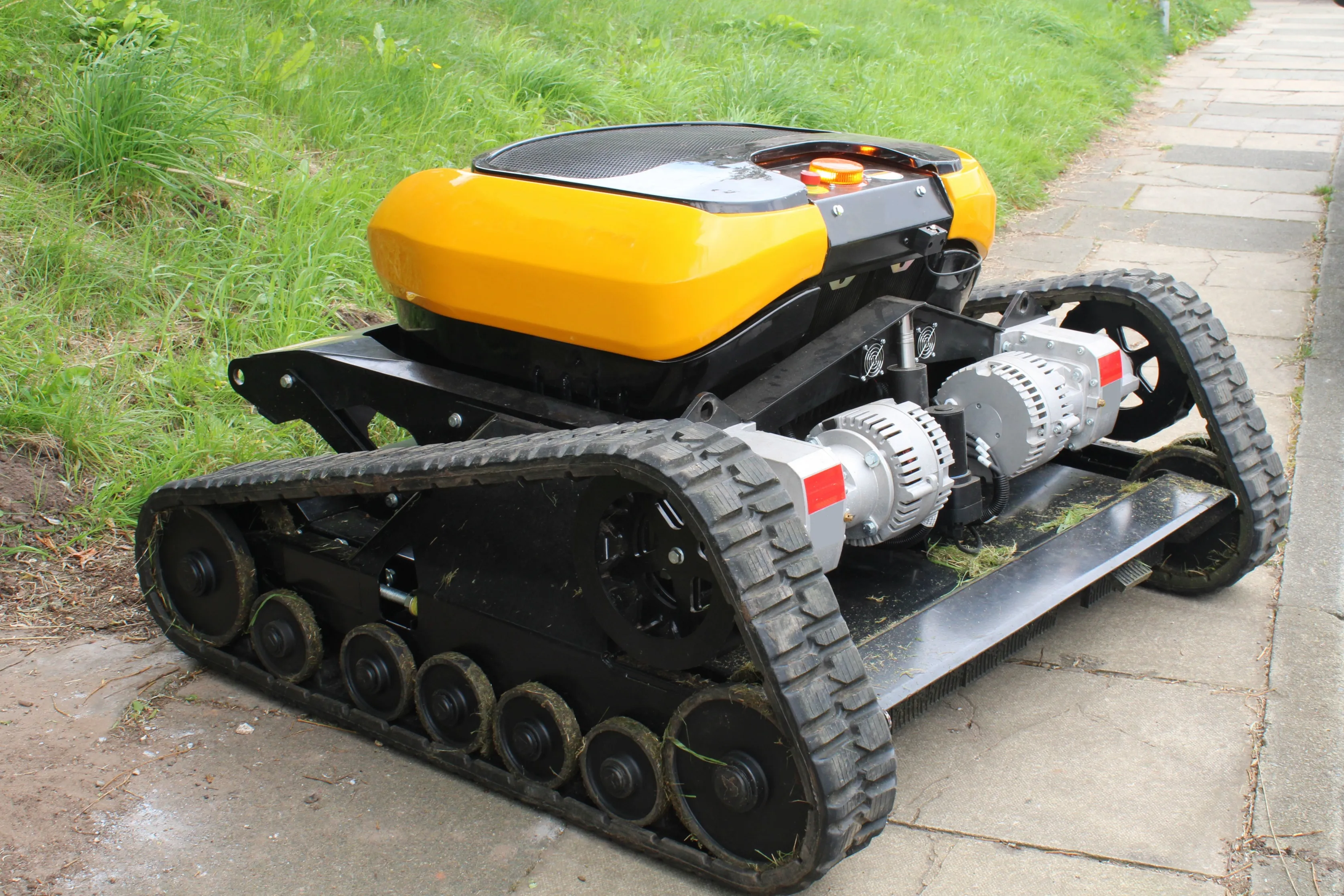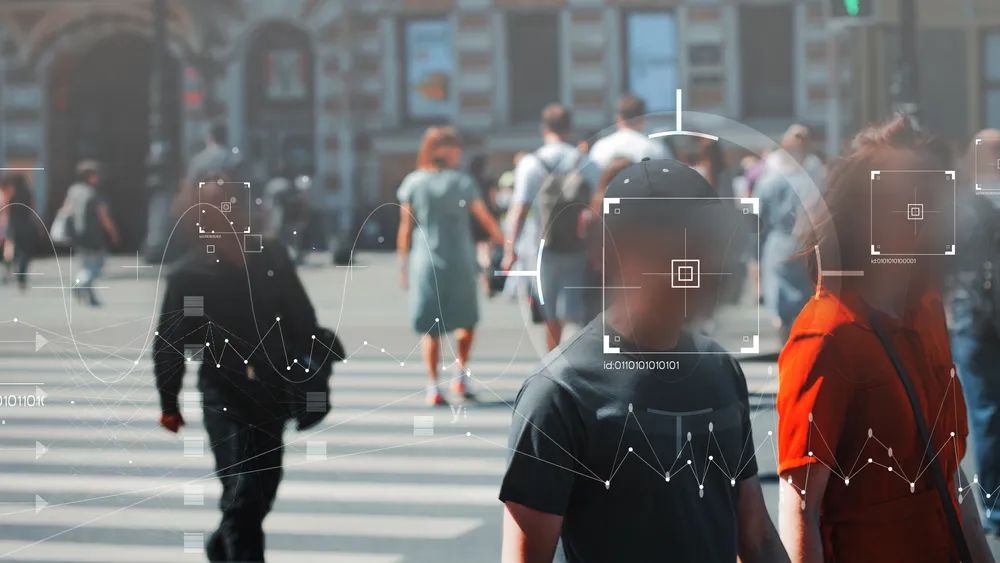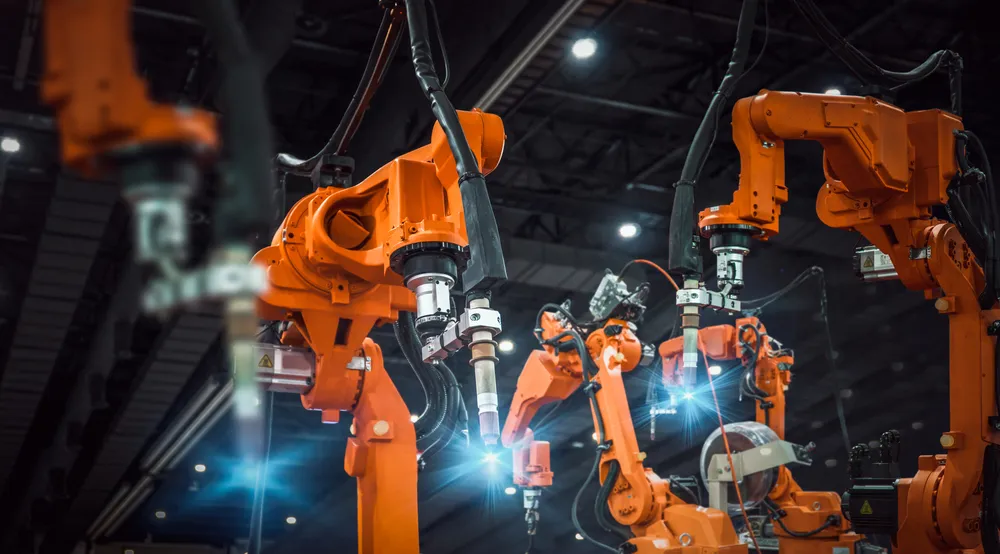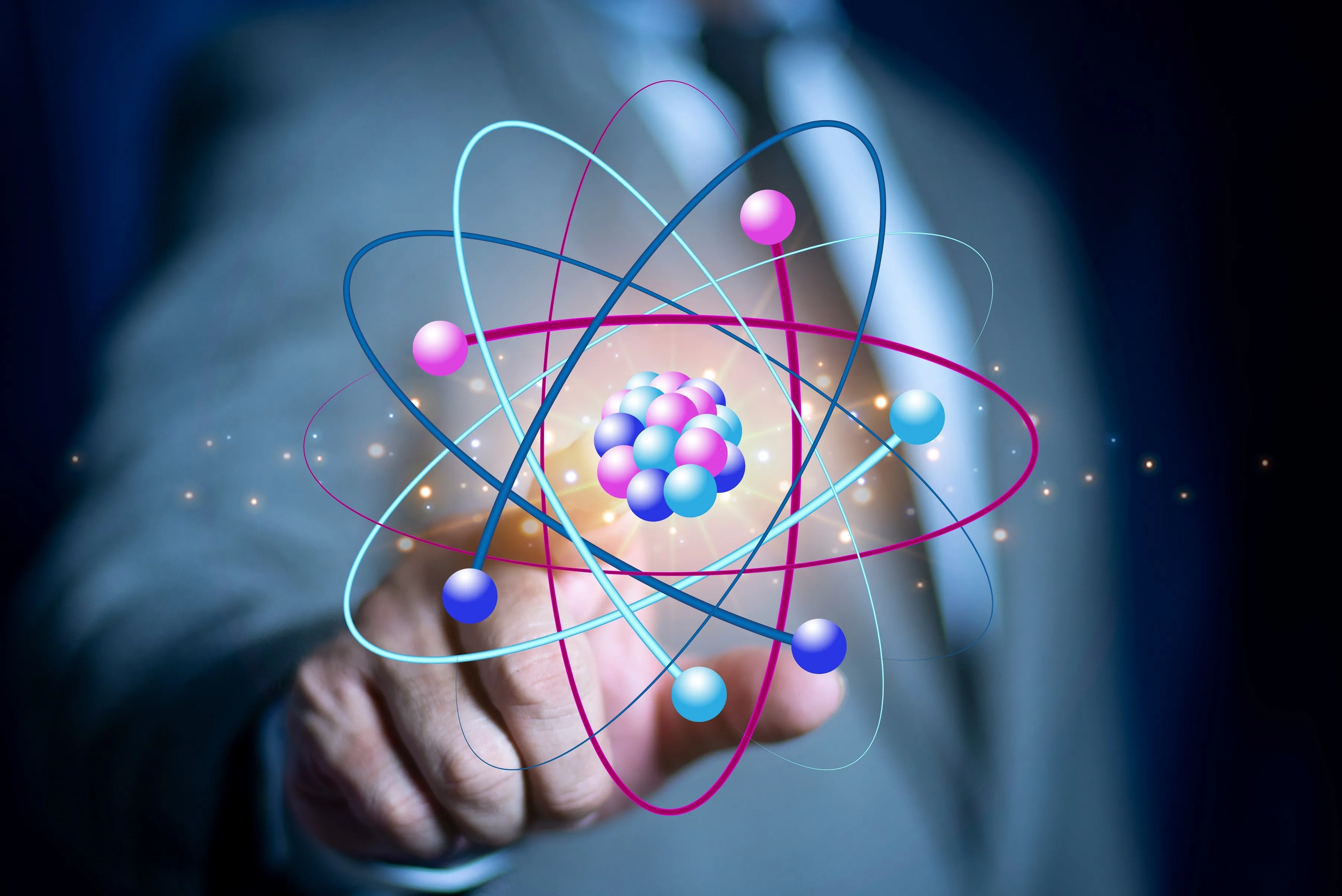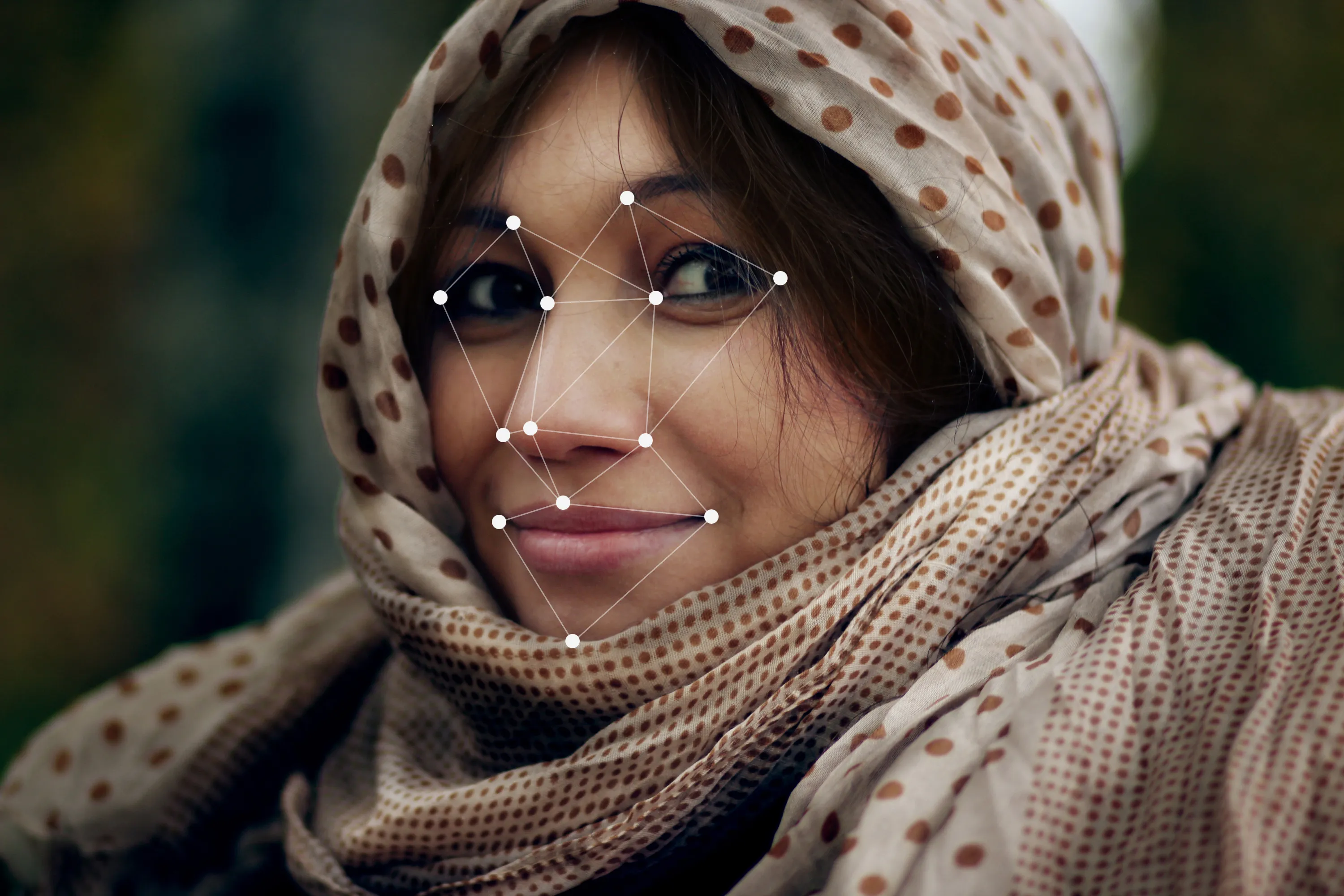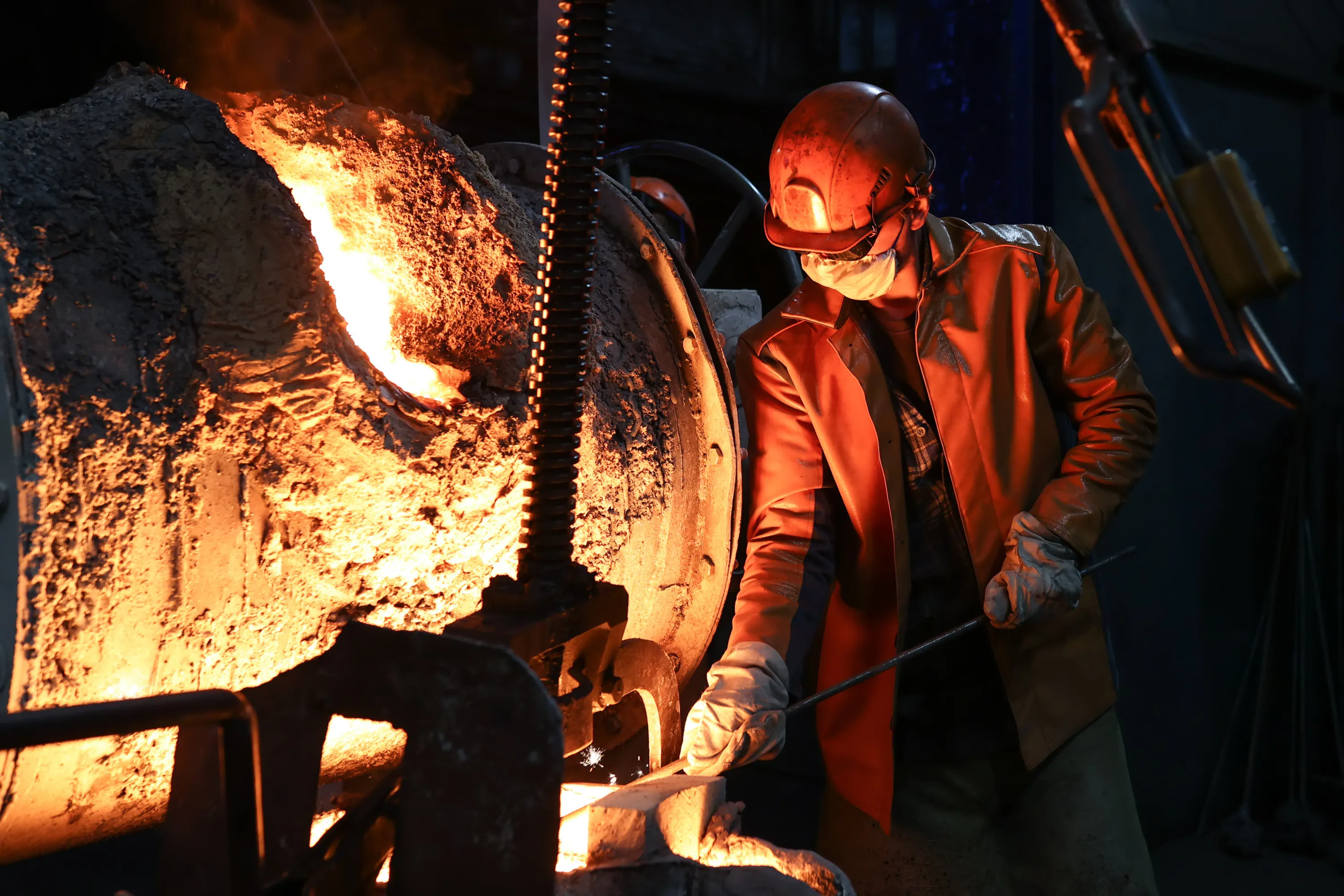AI-Powered Drones Are Saving Lives in Russia's Wilderness
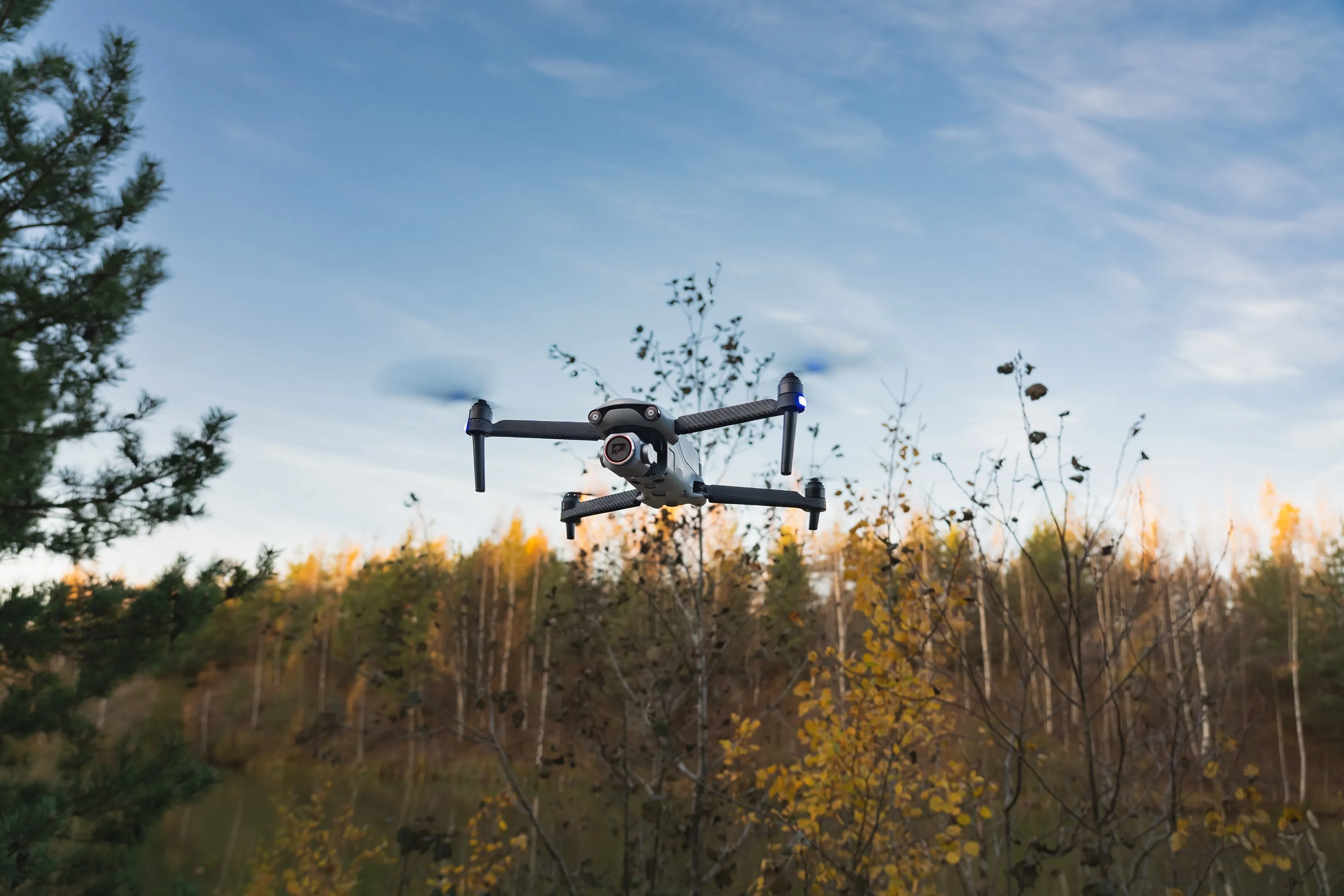
In remote regions like Karelia, Russian police are using drones equipped with neural networks to locate missing persons faster and more reliably than ever before.
AI-enhanced drones are becoming an essential part of search-and-rescue operations across Russia. One of the most successful case studies comes from the Republic of Karelia—a heavily forested region where hikers and foragers often get lost.
Karelia’s police were the first in the country to gain access to a domestic neural network platform under the National Technology Initiative. The AI system integrated with drones has dramatically improved the effectiveness of search operations by generating optimized search routes and quickly identifying individuals from aerial footage.
Previously, drones had to be piloted by human operators using visual observation. Today, artificial intelligence has taken over that role, processing real-time video streams with far greater consistency and precision than a human ever could.
The results are measurable: dozens of lives saved and families reunited. The Karelia model has already begun rolling out in other regions of Russia, where its reliability and efficiency have been proven superior to traditional, human-led search techniques.
This tech-forward approach to emergency response showcases how AI and unmanned aerial systems can outmatch conventional tools—especially in high-stakes, time-sensitive missions.



